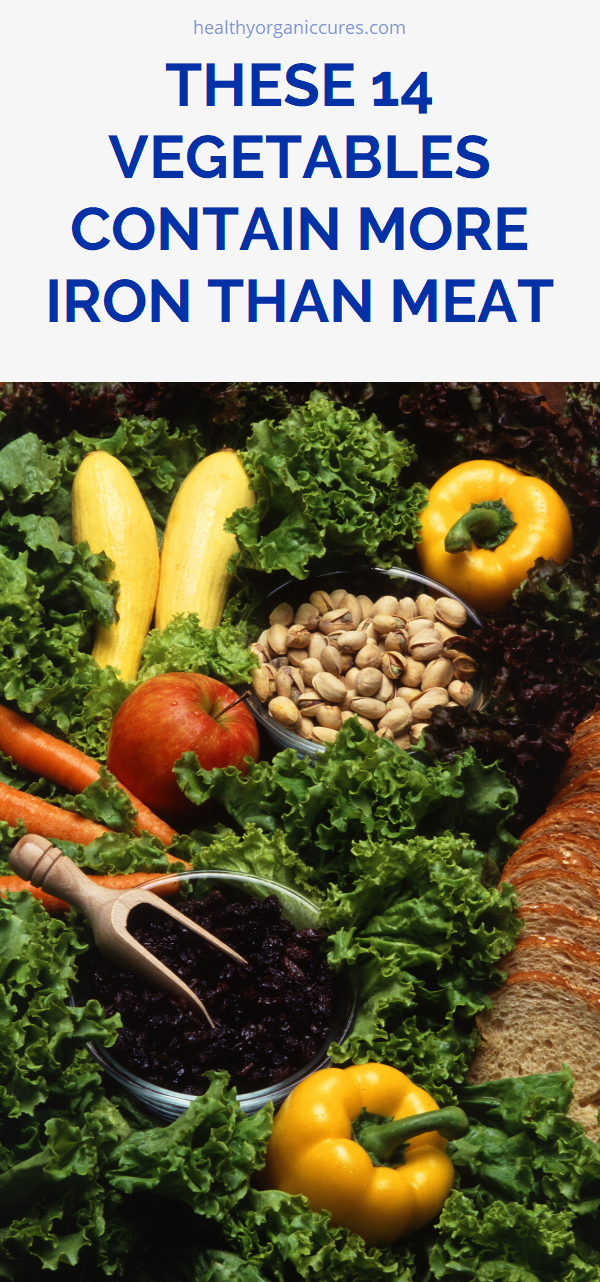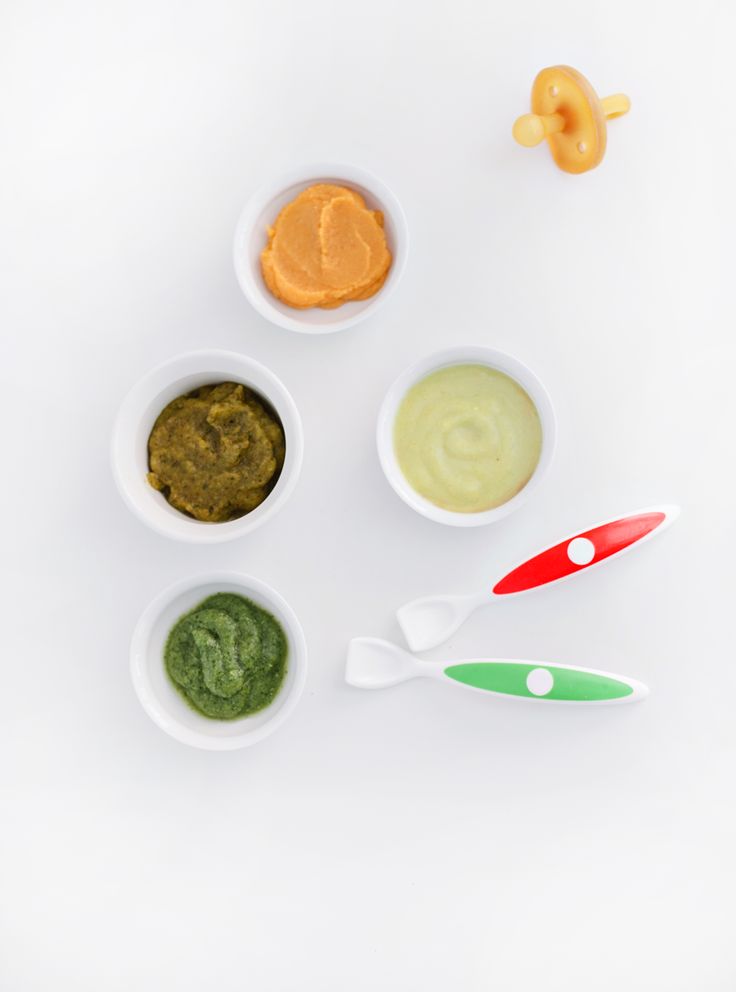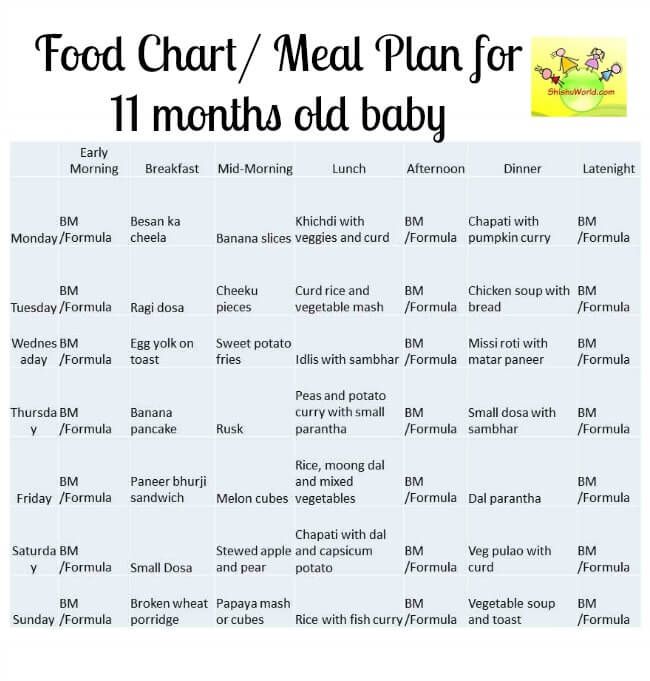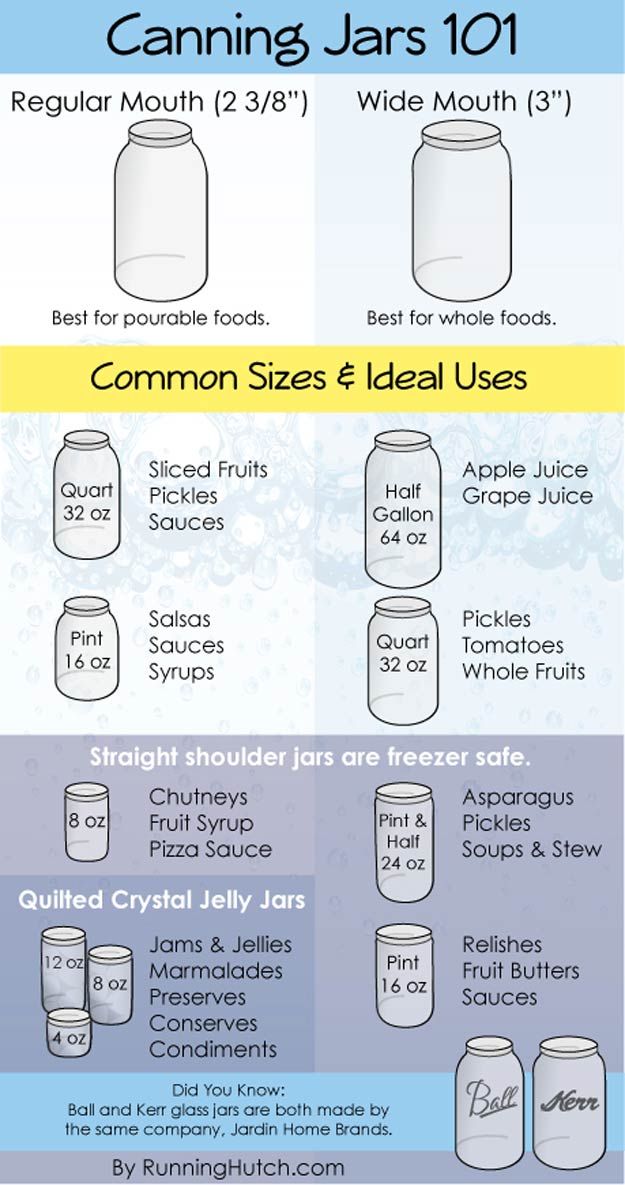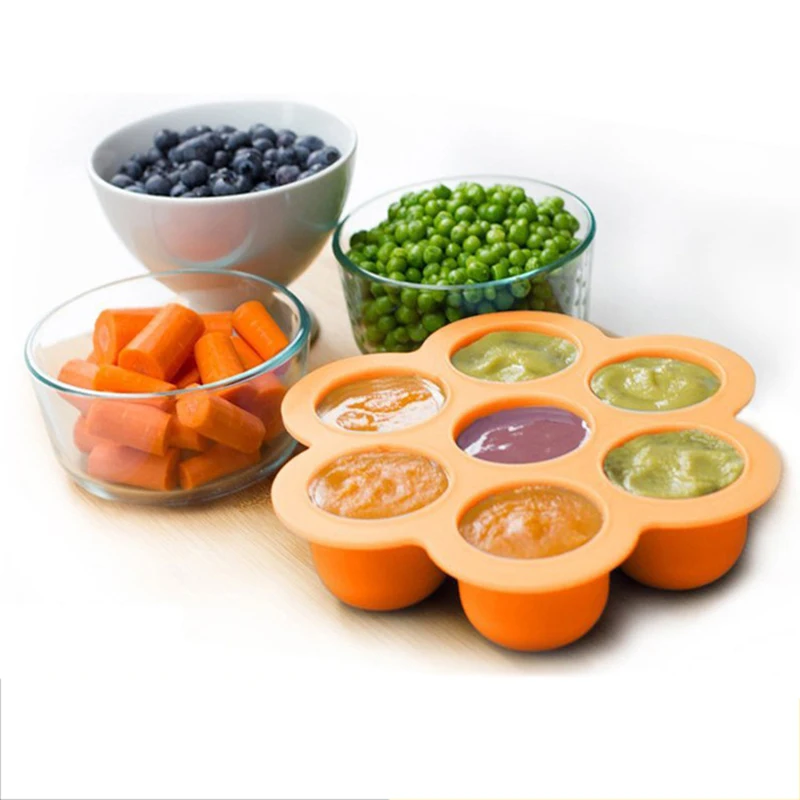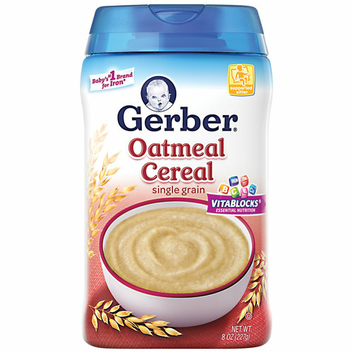Soft table foods for baby
Best Finger Foods for Babies: The Ultimate Guide
How exciting that your baby is about to graduate from mushy foods to finger foods! This is a big step in your little one’s development. However, you may be wondering when’s the right time to start finger foods, and how to tell that your baby is ready. We’ll answer all these questions and more, plus give you a list of the best finger foods to introduce to your baby first.
Introducing Finger Foods to Your Baby
So, when can babies eat finger foods? You can start to give your baby finger foods around the time they’re able to sit up independently and can bring their hands to their mouth. This may happen between the ages of 8 months old and 9 months old, but your baby may be ready a little sooner or later than this time.
Around this time, you may also notice that your baby is developing their pincer grasp and may be making chewing motions. These are both great indications that your baby’s ready for finger foods. Moreover, using their fingers to pick up foods will further develop your baby’s fine motor skills.
Some parents who adopt the baby-led weaning approach may start offering finger foods to their infants as early as 6 months old. This method skips spoon-feeding with solid foods and instead lets your baby take the lead in self-feeding with finger foods. Some believe this approach can decrease fussiness when it comes to introducing new foods, including finger foods, to your baby. Speak to your child’s healthcare provider if this method is something you’d like to try.
Giving your baby finger foods can help your little one learn to feed themself, just one step toward gaining independence. Self-feeding can be great fun for your baby. Even if much of the food doesn’t end up in your baby’s mouth, the fact that they’re exploring this new frontier is an accomplishment to be proud of.
First Finger Foods for Your Baby
As you begin choosing finger foods for your baby, check out the following ideas:
Steamed veggies like sweet potatoes, potatoes, carrots, green beans, peas
Soft, ripe fruits like bananas, berries, peaches (peeled), mangoes (peeled)
Whole-grain breakfast cereals (without nuts, clusters, or chunks)
Whole-grain pasta (cooked well)
Whole-wheat bread
Whole-grain crackers or wafers like teething biscuits
Soft meats like chicken
Cheese (mild)
Scrambled eggs.

Be sure that any of the above finger foods are cut into small pieces. You don’t want your baby eating a piece that’s too big to swallow. And, make sure to watch them while eating.
Finger Food Safety
During this time babies are more likely to swallow foods without chewing them, whether they have a few baby teeth coming in or they have no teeth. Avoid giving any finger foods that require a grinding action to chew (this type of chewing is typically mastered around the age of 4), as these may pose a choking risk. Offer finger foods that are soft, easy to swallow, and broken or cut into pieces that your baby cannot choke on. A good rule of thumb is that soft and mushy finger foods are safe for your baby. Small, round, coin-shaped, hard, chewy, crunchy, slippery, or sticky foods may lead to choking. Here are some foods to avoid offering your baby when they start on finger foods:
Peanut butter (in chunks)
Meat (in chunks)
Cheese (in chunks)
Raw veggies (in large chunks or round shapes), including celery sticks, carrot sticks, baby carrots, cherry tomatoes, and peas
Raw hard fruit (in large chunks or round shapes), including apples, pears, and grapes
Nuts (whole)
Seeds
Popcorn
Chewing gum
Candies (hard, gooey, or sticky)
Hot dogs or meat sticks.
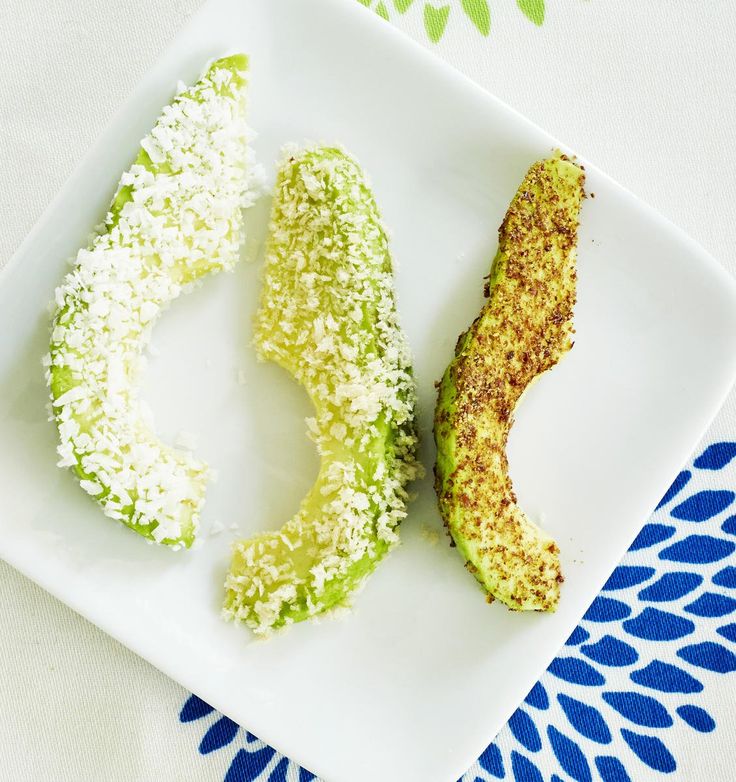
There are ways you can still give some of the above foods while making them easier to eat and less hazardous to swallow. For example:
Grapes or cherry tomatoes, cut in half
Creamy peanut butter spread thinly on whole-grain bread that’s cut into small squares
Hot dog, cut lengthwise and then cut into small 1/2-inch pieces.
Note on Food Allergies
Medical experts once recommended that parents avoid feeding their babies eggs, fish, and peanut butter since babies may be allergic to these foods. However, it’s now recommended that you introduce these foods early—while keeping a close watch for any reactions—since this approach can help reduce your child’s chances of developing food allergies. Before introducing peanut butter or peanut products, consult with your baby’s healthcare provider. Your baby is more likely to be allergic to these foods if
food allergies run in your family
your baby is known to have an egg allergy
your baby has eczema.

The Bottom Line
It’s time to introduce finger foods to your baby when you see that they’re able to sit up on their own, start bringing their hands to their mouth, and can use a pincer grasp to hold onto small items, like finger foods. This development happens around the age of 8 or 9 months old, but you may see it sooner or later in your baby.
In the beginning, you’ll want to introduce finger foods that are soft and easy to swallow, since babies at this age tend to swallow instead of chew even if they have a few baby teeth. Think steamed veggies and soft fresh fruits. You can also introduce whole-grain bread, crackers, cereal, or pasta if they’re cut into small pieces. Chicken, mild cheese, and scrambled eggs are also great options when served in small pieces.
Avoid hard foods like raw veggies and fruits, as well as chunks of nut butter, cheese, and meat. Whole nuts and seeds are not recommended, nor are chewing gum, candies, hot dogs, or meat sticks. All these items can pose a choking hazard.
All these items can pose a choking hazard.
Transitioning to finger foods is a big step in your baby’s development and independence. Letting your baby self-feed with finger foods may be a bit messy at first, but you’ll both get the hang of it. Learn more about developmental milestones for your 9-month-old baby.
13 Best Finger Foods for Baby
Introducing finger foods for baby is an exciting and nerve-racking time. Between the mess, possible allergies and potential choking hazards, it’s enough to give some parents white knuckles as they hover over the high chair. But while you should certainly exercise caution, there are lots of great baby finger food ideas that will make mealtime fun and nutritious, and let your growing child practice the important art of self-feeding.
In this article:
When can babies eat finger foods?
Baby finger food safety
How to introduce new finger foods for baby
Best finger foods for baby
When Can Babies Eat Finger Foods?
There’s no hard and fast rule in terms of when babies can start eating finger foods, says William Dietz, MD, PhD, director of the Sumner M.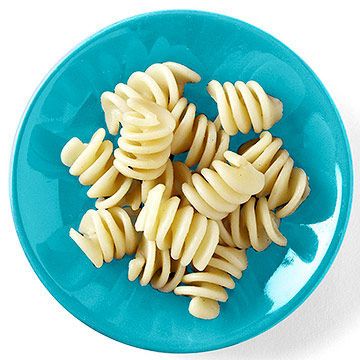 Redstone Global Center for Prevention and Wellness at the Milken Institute School of Public Health at the George Washington University in Washington, DC, and co-editor of the American Pediatric Association’s (AAP) Nutrition: What Every Parent Needs to Know. Rather than focusing on baby’s age, says Dietz, “the first indicator you should look for is that the baby is interested.” So how can you tell when baby’s interest is piqued? Reaching for the food as you’re feeding her, grabbing the bowl or spoon, putting the spoon in her mouth and fussing when she sees you eat (because she wants in!) are all signs your child may be ready. “Babies generally want to feed themselves,” Dietz says. “That’s a normal drive.”
Redstone Global Center for Prevention and Wellness at the Milken Institute School of Public Health at the George Washington University in Washington, DC, and co-editor of the American Pediatric Association’s (AAP) Nutrition: What Every Parent Needs to Know. Rather than focusing on baby’s age, says Dietz, “the first indicator you should look for is that the baby is interested.” So how can you tell when baby’s interest is piqued? Reaching for the food as you’re feeding her, grabbing the bowl or spoon, putting the spoon in her mouth and fussing when she sees you eat (because she wants in!) are all signs your child may be ready. “Babies generally want to feed themselves,” Dietz says. “That’s a normal drive.”
Being able to sit independently is another good clue that babies are physically ready to try finger foods, says Susan M. McCormack, MA, senior speech language pathologist at Children’s Hospital of Philadelphia and a board-certified specialist in swallowing and swallowing disorders. If they can sit up in the high chair, then they might be ready to try their hand at finger foods.
If they can sit up in the high chair, then they might be ready to try their hand at finger foods.
Some guides suggest waiting to introduce baby finger foods until your child has mastered a pincer grasp—the ability to pick up small objects between the thumb and forefinger—but Dietz says this isn’t totally necessary. “Initially when children start to feed themselves, they don’t have a pincer grasp,” he says. “So they’re using their whole hand and putting their hand in their mouth. And that’s fine.”
If you’re waiting for your infant to sprout teeth before moving on from purees, think again. “Babies don’t need teeth to learn to eat solids and learn to chew,” McCormack says. Those strong little gums are perfectly capable of mashing up soft solids—if you’ve ever let baby teethe on your finger, then you have some idea of just how powerful they are!
Baby Finger Food Safety
When choosing the best finger foods for baby—whether you’re starting at 6 months or 9 months—experts agree that it’s best to begin with small pieces of soft food that dissolve easily.
As your infant grows and becomes comfortable eating finger foods, you can branch out, McCormack says. “As a baby develops better tongue patterns to control food pieces as well as more mature chewing, he can better ‘chew’ the foods that break apart, like pieces of fruits and vegetables. A one-year-old can also bite off pieces of food that a 6-month-old can’t.”
Avoid giving baby finger foods that are large, sticky or don’t dissolve easily, because they’re potential choking hazards, Dietz warns. He suggests steering clear of foods like hot dogs, carrots, nuts, grapes, popcorn, candy and globs of peanut butter.
Another thing to keep in mind when you’re picking out the best finger foods for babies is that a lot of adult foods—particularly snacks—can be super salty. “Often parents will doctor a food so it appeals to their tastes, and their taste may have bigger amounts of sodium than a baby’s taste,” Dietz says. When preparing food for baby, leave out the salt whenever possible. (You can always add it separately to your portion if you’re cooking for the family).
(You can always add it separately to your portion if you’re cooking for the family).
How to Introduce New Finger Foods for Baby
When babies first start on finger foods, breast milk and formula will still be their main source of nutrition, followed by purees. You should continue to spoon-feed your child initially, “but during the feeding process, they should also be allowed to feed themselves,” Dietz says. Put some finger food on her high-chair tray and let her try to get it into her mouth in between the spoonfuls of food you’re feeding her. If she gets really frustrated, go ahead and help her out.
Most important, follow your child’s cues and “let your baby be the guide,” McCormack says. If he doesn’t respond positively, take a step back and try again later. But keep in mind that babies often crinkle up their faces when they try something new, which can look like they don’t like something, Dietz says. It can take up to 20 times before they’re used to certain foods. “Parents shouldn’t force food, but they should be persistent in offering,” Dietz says.
McCormack also suggests easing into finger foods by offering thicker purees with a bit of texture to them. “Try alternating bites of the smooth puree with a slightly thicker or mashed food to help your baby get used to the new textures in her mouth,” she says.
Remember, too, that this is a messy process. Parents might want to lay newspaper or an easy-to-clean vinyl tablecloth on the floor, since it’ll be a while (like, years) before your kid manages to get more food in his mouth than on the floor, Dietz advises.
Finally, never leave baby unattended while she’s eating, and keep an eye out for signs of choking. It may be tempting to hold off on introducing finger foods until your child is older, but helping baby develop this skill has multiple benefits, McCormack says, including “development of independence, fine motor skills and self-feeding skills, as well as development of oral patterns to support texture progression.” Whether you start baby finger foods at 6 or 9 months, just follow baby’s lead and let him have fun with it.
Best Finger Foods for Baby
If you’re looking for baby finger food ideas, think about options that are soft, small and easily gummed. Here are a few of the best finger foods for baby to get started—including finger foods for baby with no teeth! While the same finger foods are as appropriate for a 6-month-old as they are for a one-year-old baby, you can begin to offer slightly larger pieces that they can bite off themselves as they become more confident. Stick with these healthy options, and you’ll start baby off on the right path for healthy eating.
Image: The Bump
1. Puffs and dry cereal. Puffs and O-shaped dry cereal are some of the most popular first finger foods for good reason: They let baby practice the pincer grasp by picking up one at a time. And as McCormack explains, they also “mix well with saliva and are easy for the infant to manage in their mouth without choking.”
2. Teething biscuits and lightly toasted bread. Teething biscuits and small pieces of lightly toasted bread are another great starter finger food, since they soften quickly.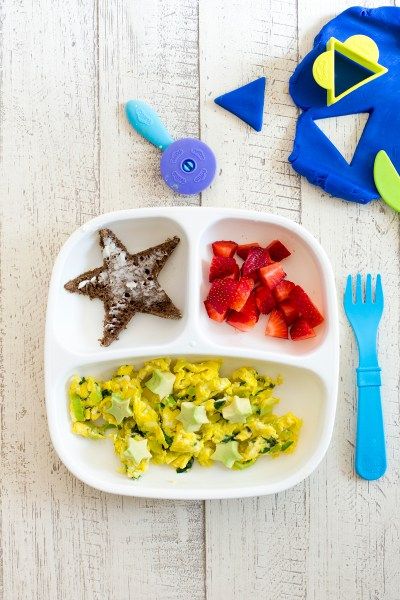 Just note that some breads can turn gummy and stick in baby’s mouth; lightly toast the bread and cut into very small pieces to avoid a choking hazard. As baby gets older (around 9 to 12 months), you can offer slightly larger pieces or serve bread topped with mashed banana or avocado, or a super-thin layer of hummus or peanut butter.
Just note that some breads can turn gummy and stick in baby’s mouth; lightly toast the bread and cut into very small pieces to avoid a choking hazard. As baby gets older (around 9 to 12 months), you can offer slightly larger pieces or serve bread topped with mashed banana or avocado, or a super-thin layer of hummus or peanut butter.
3. Scrambled eggs. Doctors used to advise waiting to introduce eggs, but the AAP now recommends early exposure to potentially allergenic foods. Which is great news, since scrambled eggs are an ideal early finger food! Keep your love of runny yolks to yourself for now, however, and cook those eggs thoroughly, cut into small pieces and avoid adding salt.
4. Soft fruit. Very ripe fruit is naturally soft, making them some of the best finger foods for babies. Ripe banana, peach, watermelon, raspberries, blueberries and cantaloupe cut into small pieces are all great finger food options.
5. Avocado. A rich source of omega-3 fatty acids—which can help boost baby’s brain development—avocados are, like puffs, often one the first baby finger foods, even when your little one has no teeth. Be warned: Avocado can get messy fast, but it’s well worth it (and can result in some hilarious pics for the baby album).
Be warned: Avocado can get messy fast, but it’s well worth it (and can result in some hilarious pics for the baby album).
6. Pasta. Though recipes often recommend cooking pasta al dente, when it comes to feeding baby, you’ll want to slightly overcook it so it’s nice and soft. To start, try small pasta shapes like orzo or mini shells, or cut up fusilli or penne. Initially serve it plain, but as baby is introduced to more foods you can toss the pasta in a little butter, olive oil or low-sodium tomato sauce.
7. Tofu. Whether cooked or uncooked, tofu is a wonderful plant-based source of protein and a perfect finger food for babies. Opt for firm tofu, which is still quite soft, as opposed to soft or silken tofu, which will likely fall apart in baby’s hand and frustrate her.
8. Cooked vegetables. Though it will be a while before baby can hit the crudités platter, cooked vegetables make excellent baby finger foods. To get the most nutrients out of your vegetables, steam or roast them until soft, and, of course, cut them into small pieces.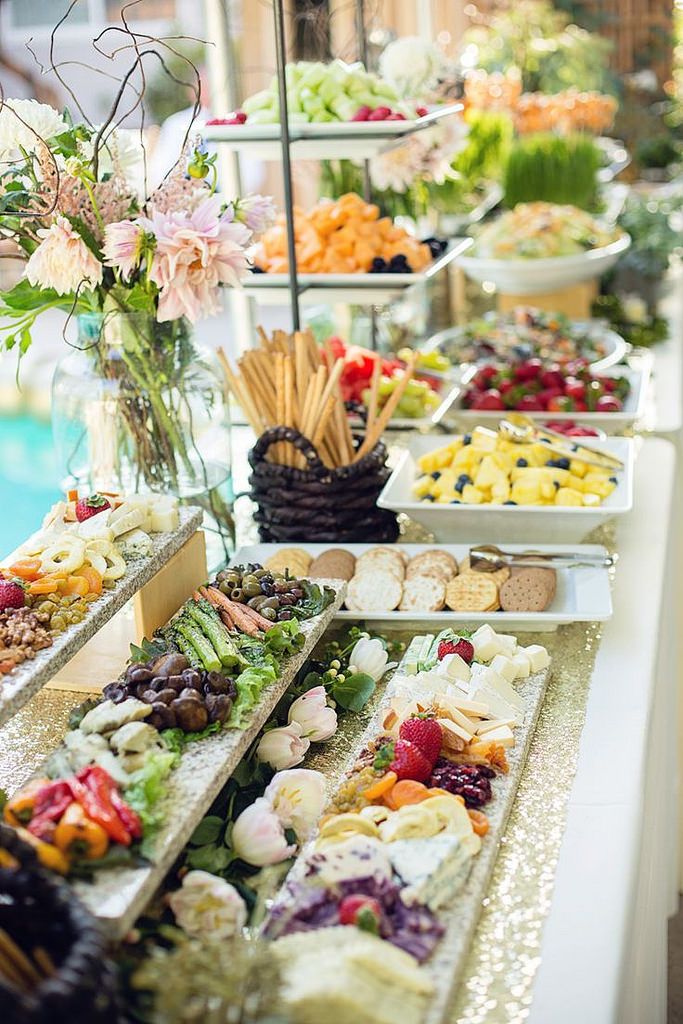 Try sweet potato, carrot, broccoli, cauliflower or beets (opt for yellow beets for less mess) to start. As baby gets bigger, you can offer steamed carrot sticks or peeled, roasted sweet potato wedges.
Try sweet potato, carrot, broccoli, cauliflower or beets (opt for yellow beets for less mess) to start. As baby gets bigger, you can offer steamed carrot sticks or peeled, roasted sweet potato wedges.
9. Cheese. If baby has shown no signs of a dairy allergy, then it’s perfectly safe to introduce soft cubes of cheese as early as 6 months. Opt for small bites of a pasteurized cheese that’s soft but not overly sticky or stinky, like Monterey Jack or cheddar.
10. Beans. Looking for more protein-rich, vegetarian baby finger foods? Try beans. Opt for canned, low-sodium beans for convenience, or soak and cook dry beans yourself to save money (they’ll freeze well too!). When first introducing beans, smash them just a bit between your fingers before serving to baby.
11. Homemade muffins. While store-bought muffins are often loaded with sugar, there are plenty of healthy muffin recipes out there. Use whole-wheat flour, sweeten with applesauce instead of sugar and add healthy ingredients like mashed banana or grated zucchini.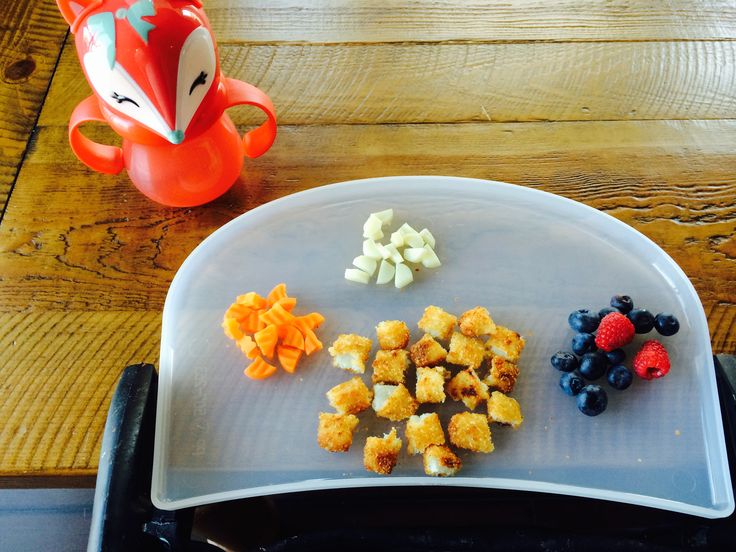 Bake in a mini muffin tin or use a standard-size tin, and, once baked, break off into small pieces for baby.
Bake in a mini muffin tin or use a standard-size tin, and, once baked, break off into small pieces for baby.
12. Meat. After soft foods, diced chicken breast and ground beef are pediatrician-approved next-stage finger foods for baby. Just make sure they’re thoroughly cooked and cut into very small pieces.
13. Fish. Fish is another allergenic food that doctors now say can be introduced before baby is a year old. Be sure it’s thoroughly cooked, and opt for a low-mercury fish like flounder, cod or salmon. Most important, make sure to remove any tiny bones.
Please note: The Bump and the materials and information it contains are not intended to, and do not constitute, medical or other health advice or diagnosis and should not be used as such. You should always consult with a qualified physician or health professional about your specific circumstances.
Plus, more from The Bump:
Baby-Led Weaning Basics
Why Variety Matters in Baby’s First Foods
The Dos and Don’ts of Homemade Baby Food
90,000 what foods children should not eat and how to teach them to eat right? Proper nutrition of children is underestimated by many.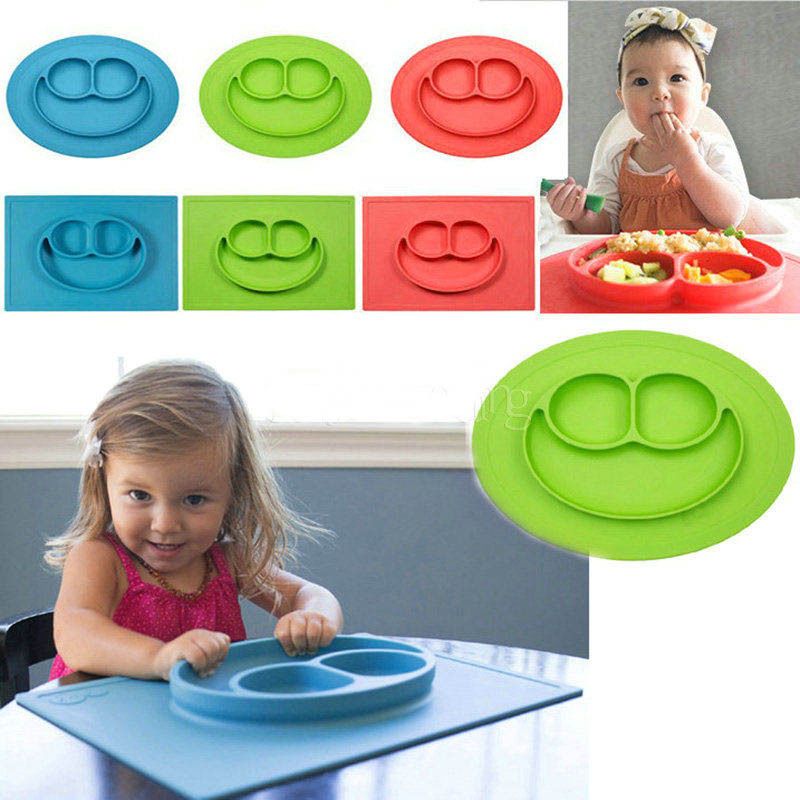 After all, our parents, grandparents somehow grew up without this knowledge. But in fact, the older generations, who grew up in conditions of total scarcity, did not have to fight temptations. They just didn't exist. And the products that were available were much more suitable for the definition of proper nutrition than the food that children now eat. And it's not even about fast food, the dangers of which are known to almost everyone. Nutritionists and other children's doctors spoke about what foods children should not eat and how to teach them to eat right in an interview with MIR 24.
After all, our parents, grandparents somehow grew up without this knowledge. But in fact, the older generations, who grew up in conditions of total scarcity, did not have to fight temptations. They just didn't exist. And the products that were available were much more suitable for the definition of proper nutrition than the food that children now eat. And it's not even about fast food, the dangers of which are known to almost everyone. Nutritionists and other children's doctors spoke about what foods children should not eat and how to teach them to eat right in an interview with MIR 24.
“Nutrition is one of the main factors determining the normal development of a child, it has the most direct impact on his growth and health,” says pediatrician, senior medical consultant of Teledoctor 24 Maria Mamedova . - It is most important to observe the principles of rational nutrition in children of early and preschool age. This period is characterized by intensive growth processes, improvement of the functions of many organs and systems, especially the nervous system, enhanced metabolic processes, and the development of motor activity.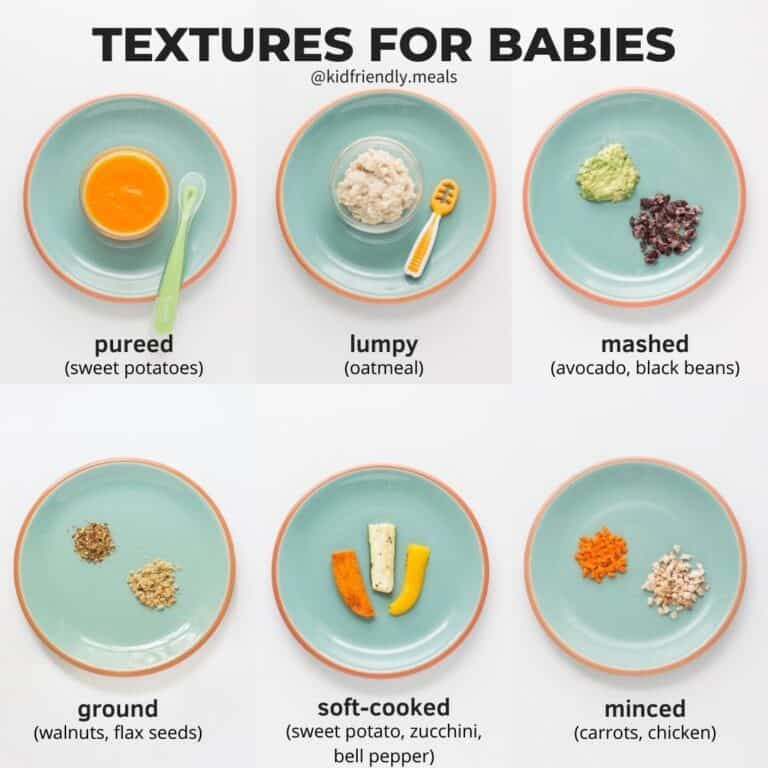
What not to eat for babies and preschool children
Vinogradov pediatrician Vladislav Zyablitsky , in addition to harmful foods for children of all ages, pediatricians emphasize foods that children under 3 years old should not eat. Here they are.
- Seafood such as shrimp, mussels, crabs (allergic).
- Sausages, sausages, sausages (overflowing with flavorings, dyes, preservatives).
- Lamb, fatty pork, meat of waterfowl (geese and ducks) - contain an excessive amount of refractory fats of animal origin.
- Melon and grapes (increase gas production and increase the load on the pancreas).
- Everyone's favorite delicacy is ice cream (has an increased level of fat content, sugar content, harmful additives that can cause allergies).
- Honey if the child is prone to food allergies.
- "Adult" non-adapted milk (dangerous with allergies, problems with the gastrointestinal tract, decreased immunity of the child's body, metabolic disorders, atherosclerosis and arterial hypertension in the future).

- Cakes, cakes, sweets, chocolate, puff or shortbread cookies, other confectionery. They are crammed with food additives, sugar, fat, but contain almost no nutrients.
- Cocoa - due to the high fat content of the drink and the invigorating alkaloid theobromine.
- Do not give tomatoes until 1 year of age (they overload the kidneys).
- Only after 1.5 years is it permissible to give the child garlic, onions, bell peppers in small amounts.
- Pickled cucumbers and pickled tomatoes should not be given until 2 years of age (due to bacteria).
- Nuts, especially peanuts (very strong allergens).
- Celery (excessively activates the activity of the pancreas).
- Red and black caviar is forbidden up to 5 years (very allergenic, includes preservatives; contains excess salt, which is fraught with kidneys). For the same reason, salted fish is prohibited.
- Mushrooms - the child's body does not contain enough enzymes to digest them.
 In addition, mushrooms accumulate radioactive substances and heavy metals.
In addition, mushrooms accumulate radioactive substances and heavy metals.
Strictly not recommended for all children, regardless of age: salty crackers, chips, french fries, hamburgers and other fast food.
“The best way to avoid a child's love for such food is not to go to places where it is sold. Confidently walk past the bright signs of fast food restaurants, ignore the aroma of pies in a kiosk near the subway, forget about noodles and instant soups. After all, this food is a direct path to obesity, diabetes, to malfunctions of the immune and cardiovascular systems,” says Maria Mammadova. The pediatrician adds a few more to the list of products prohibited for preschoolers.
- Semi-finished products . It is fast, convenient, but not useful for children whose gastrointestinal tract is imperfect - the processes of digestion, the production of enzymes and bile in preschool children are still immature. The nutritional value of semi-finished products is a dubious question, and one can only guess about the qualitative composition of their components.
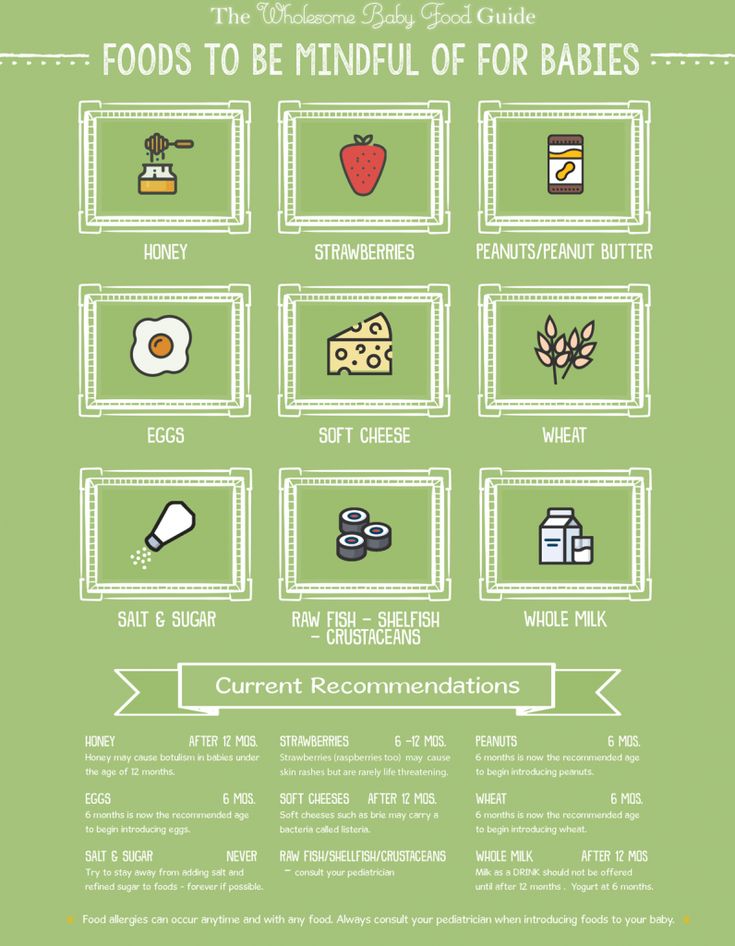 For the production of semi-finished products, vegetable proteins are often used, which are inferior to meat and fish in terms of amino acid composition. Excess salt in ready-made semi-finished products creates an unnecessary burden on the kidneys of the child, food additives provoke allergies, spices irritate the gastrointestinal mucosa, starch and soy are poorly digested, causing functional disorders of the digestive system.
For the production of semi-finished products, vegetable proteins are often used, which are inferior to meat and fish in terms of amino acid composition. Excess salt in ready-made semi-finished products creates an unnecessary burden on the kidneys of the child, food additives provoke allergies, spices irritate the gastrointestinal mucosa, starch and soy are poorly digested, causing functional disorders of the digestive system. - Minced meat for children's food is best prepared by yourself, as the store-bought often contains a lot of fat, connective tissue, and bird skin. The same applies to minced fish: it is prepared from low-value fish varieties, and only a production specialist can control the quality of the product.
- Sausages . Some parents sometimes replace a full-fledged meat or fish dish on the children's table with sausages - for the same reasons of saving time. The cost of a kilogram of the most optimal quality sausages is almost equal to the price of meat (veal, beef, pork), and sometimes even higher.
 But this does not mean at all that meat of a certain category is present in the composition of the product in the amount stipulated by the regulations. According to GOST, premium sausages consist of beef, pork, powdered milk or cream and eggs. If the product is of a lower grade, then it contains up to 10% trimmed meat, starch and a protein stabilizer. However, on the shelves of shops there are mainly sausages made according to specifications - according to the standards created by the manufacturing enterprise itself. That is why the composition of the product changes and becomes “richer”: various fillers (cheese, paprika), soy, sodium nitrite (color stabilizer) and monosodium glutamate (flavor enhancer), ascorbic and citric acid, as well as salt and spices are added to it. All these components, depending on the concentration in the product, adversely affect the health of the child.
But this does not mean at all that meat of a certain category is present in the composition of the product in the amount stipulated by the regulations. According to GOST, premium sausages consist of beef, pork, powdered milk or cream and eggs. If the product is of a lower grade, then it contains up to 10% trimmed meat, starch and a protein stabilizer. However, on the shelves of shops there are mainly sausages made according to specifications - according to the standards created by the manufacturing enterprise itself. That is why the composition of the product changes and becomes “richer”: various fillers (cheese, paprika), soy, sodium nitrite (color stabilizer) and monosodium glutamate (flavor enhancer), ascorbic and citric acid, as well as salt and spices are added to it. All these components, depending on the concentration in the product, adversely affect the health of the child. - Smoked meat and fish products today are often produced not by the traditional method of smoking, which is also not very useful, but with the use of a special (and very harmful to the human body) substance that gives the product the necessary taste, smell and color.
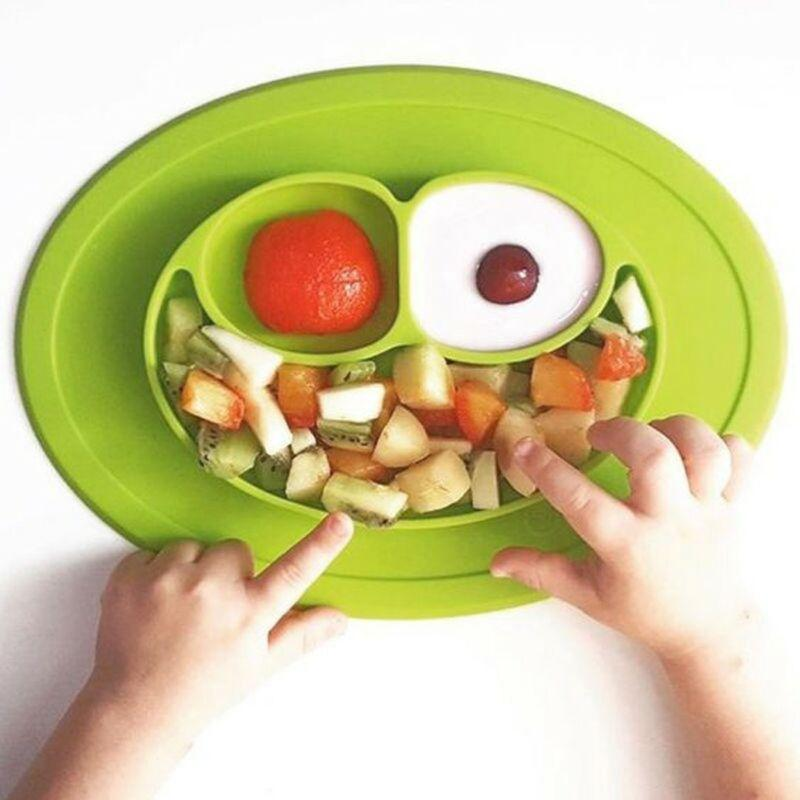
- Carbonated soft drinks . This is a fully synthetic product. And even a certain percentage of natural juice in the composition of some "soda" is not able to compensate for the harm that artificial dyes, preservatives, flavors, sweeteners and carbon dioxide cause to a fragile body. They not only affect the gastrointestinal tract of the child, spoil the tooth enamel, but can also provoke a lot of serious diseases. The best drink for a child is water (clean drinking, from two years old - non-carbonated, but not medicinal), freshly squeezed juice diluted with water, fruit or dried fruit compote, berry juice.
- Vegetables and fruits "out of the can" . There are very few vitamins in products of enhanced heat treatment and long shelf life. Canned vegetables contain a lot of salt and vinegar, fruits - a lot of sugar. And if this is not home preservation, then also synthetic preservatives. Children should be introduced to such products no earlier than seven years.
 It is better to freeze vegetables, fruits and berries in summer and autumn in order to cook delicious vegetable stews, casseroles, berry fruit drinks and fruit desserts in winter. Or buy ready-made frozen products, remembering that the shock freezing method is the most gentle.
It is better to freeze vegetables, fruits and berries in summer and autumn in order to cook delicious vegetable stews, casseroles, berry fruit drinks and fruit desserts in winter. Or buy ready-made frozen products, remembering that the shock freezing method is the most gentle. - Mayonnaise and ketchup . Homemade mayonnaise, a product with a high fat content, can be given to a child only after three years, in small quantities and not systematically. From ready-made mayonnaise, which contains flavors, flavors, dyes, thickeners, stabilizers, emulsifiers and preservatives, it is better to refuse altogether. Ketchup also does not apply to baby food. There are a minimum of vitamins and nutrients in it, hot spices will harm the children's body, and they are produced using all the same preservatives and synthetic additives (to improve color, taste, aroma).
You can, but be careful: from sweets to spices
This group includes products that children, according to Maria Mamedova, can use under certain conditions, although they can only be introduced from the age of three and they should not be present in the diet constantly.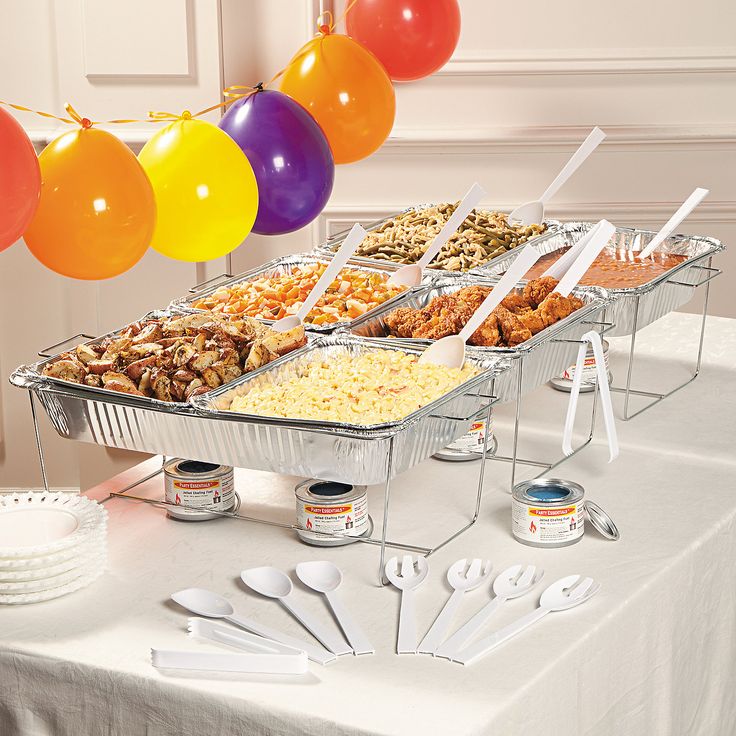
Sweets . Experts believe that chocolate is contraindicated for children under three years old. It creates an extra load on the pancreas, causes allergies, excites the nervous system of the crumbs, and can provoke caries. An alternative to chocolate are sweets made from carob, a sweet powder made from the pulp of carob. It tastes like cocoa, is very healthy and, unlike chocolate, has no "side effects".
The later the child gets acquainted with sweets, the better. But since everything sweet is a source of easily digestible carbohydrates that the body needs, as a dessert, you can occasionally offer your child a little marshmallow, marshmallow, marmalade, jam (while remembering the dangers of synthetic dyes and flavors). It is even better to replace store-bought sweets with berries and fruits, honey (if there is no allergy), dried fruits, sweets and homemade jam.
Flour products . Their regular use provokes excess weight. You can sometimes allow your child to eat a bun or a pie (for an afternoon snack), but it is better to limit yourself to biscuit cookies or drying. Products made from puff, shortbread, pastry, which include margarine, should be completely abandoned - its components increase the level of cholesterol in the blood and provoke the development of vascular diseases in the future.
You can sometimes allow your child to eat a bun or a pie (for an afternoon snack), but it is better to limit yourself to biscuit cookies or drying. Products made from puff, shortbread, pastry, which include margarine, should be completely abandoned - its components increase the level of cholesterol in the blood and provoke the development of vascular diseases in the future.
Herbs and spices . They make the taste and aroma of food richer, but seasonings for children's food must be selected very carefully. After a year, greens (dill, parsley, cilantro) can be added to the child’s food, from 1.5-2 years old - onions, garlic (in hot dishes), from 3 years old - bay leaf. Spices used in adult dishes can irritate a child's esophageal mucosa or provoke allergies.
Ready mixes of spices, various flavoring seasonings should not be added to food for a child, because in addition to the main components, they contain a lot of salt and various preservatives.
Instant porridges .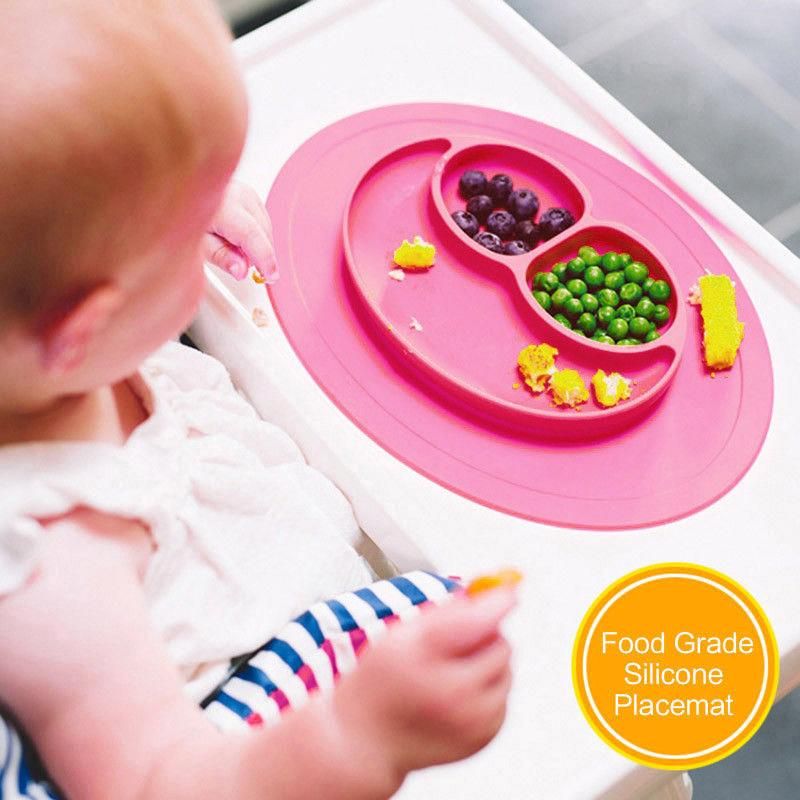 It is very convenient to use them - you do not need to wash the cereal, wait until it is cooked. It is enough just to pour boiling water over a portioned bag, in which everything is already included - sugar, fruit or chocolate, cream or milk. And also - flavors, flavor enhancers and other synthetic additives. The nutrients and vitamins that whole grains contain are lost during the numerous processing steps. Therefore, the use of such porridge in baby food is justified only in emergency cases. For example, on the road - it's still better than eating sausage or fast food.
It is very convenient to use them - you do not need to wash the cereal, wait until it is cooked. It is enough just to pour boiling water over a portioned bag, in which everything is already included - sugar, fruit or chocolate, cream or milk. And also - flavors, flavor enhancers and other synthetic additives. The nutrients and vitamins that whole grains contain are lost during the numerous processing steps. Therefore, the use of such porridge in baby food is justified only in emergency cases. For example, on the road - it's still better than eating sausage or fast food.
How to teach a child to eat healthy food?
“First of all, by example,” says Maria Mamedova. - If the house does not eat junk food, then the child will daily want what he is used to from an early age. Scientists say that even during pregnancy and breastfeeding, the future mother's cravings for certain foods are passed on to the child.
It is important to prepare the right snacks in advance so that children between meals do not grab cookies or candy from the table, but fruit or granulated bran.
Delicious and healthy at the same time.
If there is soda or sweet store-bought juice in the refrigerator, you can give a 100% guarantee that the child will drink it first of all, and not the vital clean water. Therefore, the water filter should be in the most visible place so that it constantly catches the eye.
“Watch what your child eats and praise the correct choice. Focus on those products, the consumption of which leads to health, beauty and excellent sports achievements: depending on what he is passionate about,” says Maria Mammadova.
Most unhealthy foods can be replaced with healthy ones. Potato and corn chips will replace dried fruit slices. Instead of candy, you can eat dried fruits and dried berries. It is important not to confuse with candied fruits, in which there is no less sugar than in candies.
Eating regularly reduces the number of snacks, which means better control of what children eat. If breakfasts, lunches and dinners are held at a common table with adults, then the opportunities to intercept a couple of sweets instead of soup are significantly reduced.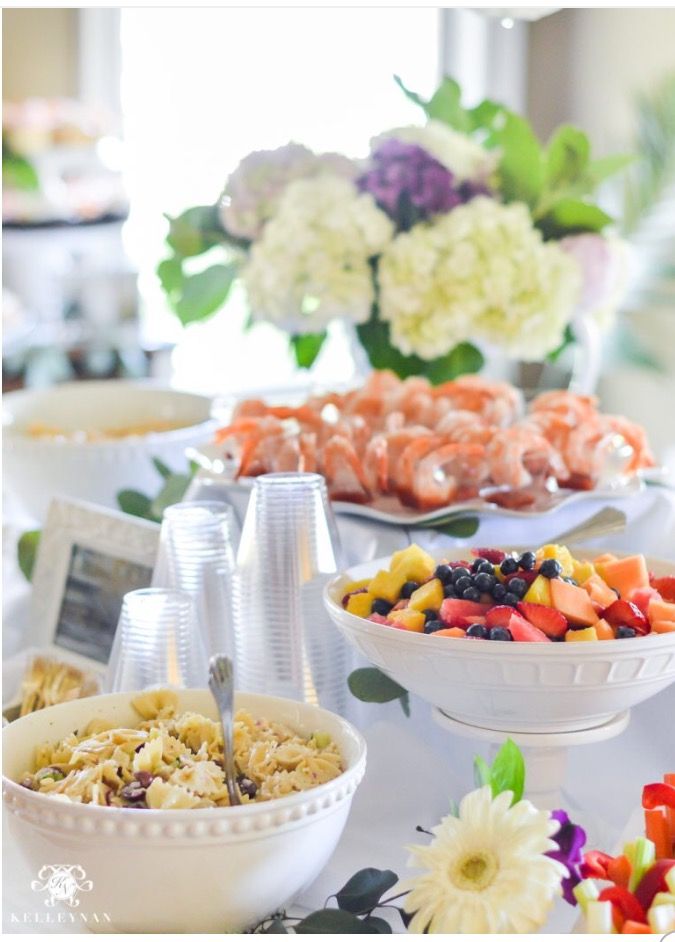 But healthy snacks are also not harmful, this is the key to the good functioning of the digestive system. Make them accessible and child-friendly. What can be used if there is no time to cook?
But healthy snacks are also not harmful, this is the key to the good functioning of the digestive system. Make them accessible and child-friendly. What can be used if there is no time to cook?
- Cut carrots, sweet peppers, cucumbers into containers.
- Popcorn free of artificial additives and saturated fat is a great whole grain snack.
- Pour fruit and vegetable smoothies into small bottles.
- Place the bowl of fruit in the most visible place.
Let the children participate in menu design so they become more interested in the outcome. It's always nice to get exactly what you ordered, what you like, for dinner. Do not force yourself to eat unloved foods, no matter how useful they may be. You can always find an equally useful replacement. And pay attention to the fact that healthy products are of high quality.
Reduce the amount of simple sugars in your diet. To do this, it is not at all necessary to put the child on a diet - just look at the label of those products that you buy out of habit, not paying attention to the composition.
- Replace your traditional loaf with whole grain bread.
- Instead of sweet yoghurt, choose natural yoghurt with a fat content of no more than 1-3%.
- Make homemade cookies instead of store bought.
- The best replacements for store-bought drinks are water and fruits or fruit and vegetable smoothies.
- Try to avoid trans fats. They are most commonly found in processed foods, fast food, fried foods, frozen pizzas, pies, cookies, margarines, and sandwich mixes.
- If fried foods are a big part of your diet, try gradually switching to stews, steamed or baked foods.
It is important to maintain a pleasant atmosphere while eating. It is better to postpone the showdown and "debriefing" for another time. TVs and tablets should also be turned off. When a person is busy watching a cartoon or TV show, his brain does not think about food, which adversely affects digestion and leads to obesity.
“By the way, the correct process of eating can be learned from babies,” says Maria Mamedova.
“They only eat when they are hungry, they chew their food thoroughly, giving it all their attention. And they stop eating as soon as they are full. At the same time, children under three years old cannot be forced to eat foods that they do not like. And they choose, as a rule, exactly those that the body needs at the moment.
Schoolchildren and adolescents: six elements of their healthy diet
In school-age children, the need for basic nutrients and energy remains high and is due to physiological and biochemical characteristics: accelerated growth and development, differentiation of various organs and systems, especially the central nervous system, and the intensity of metabolic processes.
“It is important to follow a differentiated approach to determining nutritional needs depending on the type of student's activity,” says Maria Mamedova. - So, for schoolchildren studying in specialized schools with increased mental and physical stress (mathematical, with the study of foreign languages, sports schools, etc. ), the total calorie content of the diet should be increased by 10% of the age norm. During the child's stay in health-improving institutions (holiday camps, forest schools, etc.) due to increased energy consumption (intensive physical education, swimming, hiking, etc.), it is also advisable to increase the calorie content of the diet by 10% with a uniform increase in all nutrients and preservation a balanced diet."
), the total calorie content of the diet should be increased by 10% of the age norm. During the child's stay in health-improving institutions (holiday camps, forest schools, etc.) due to increased energy consumption (intensive physical education, swimming, hiking, etc.), it is also advisable to increase the calorie content of the diet by 10% with a uniform increase in all nutrients and preservation a balanced diet."
According to the expert, a properly established diet is of great importance for school-age children. It is most expedient to establish the following diet: 1st meal - at 8:30; 2nd - at 12:00-13:00, 3rd - at 15:30 - 16:00, 4th - at 19:00. Breakfast and dinner should be 25% of the daily calorie intake, second breakfast - 15%, and lunch - 35% of the daily calorie intake.
If possible, school breakfasts should be hot. If this is not possible, then a milk-fruit breakfast (milk, bun, sweet curd cheese or processed cheese, fresh fruit) can be recommended. Lunch should consist of soup, a second course of meat (fish) and a side dish, a sweet dish (compote, jelly, juice or fresh fruit). It is desirable that before the first course there is a salad of fresh vegetables or a vinaigrette. A teenager can already be offered radishes, radishes with sour cream or vegetable oil, tomatoes, fresh cucumbers with green onions and sour cream instead of salad before meals. Vegetables stimulate appetite, promote the release of digestive juices and improve digestion.
It is desirable that before the first course there is a salad of fresh vegetables or a vinaigrette. A teenager can already be offered radishes, radishes with sour cream or vegetable oil, tomatoes, fresh cucumbers with green onions and sour cream instead of salad before meals. Vegetables stimulate appetite, promote the release of digestive juices and improve digestion.
According to Maria Mammadova, there are six groups of products that are simply vital for the full growth and development of a teenager.
- Complex carbohydrates . These are the main suppliers of energy, which is so necessary with rapid growth. They are found in cereals and cereals.
- Products containing protein . These are animal meat, poultry and fish. Protein is the main building material for soft tissues and internal organs. And, by the way, meat, especially red meat, contains iron, a lack of which can cause anemia in a teenager.
- Vegetable fiber . It is nothing but vegetables, root vegetables and fruits.
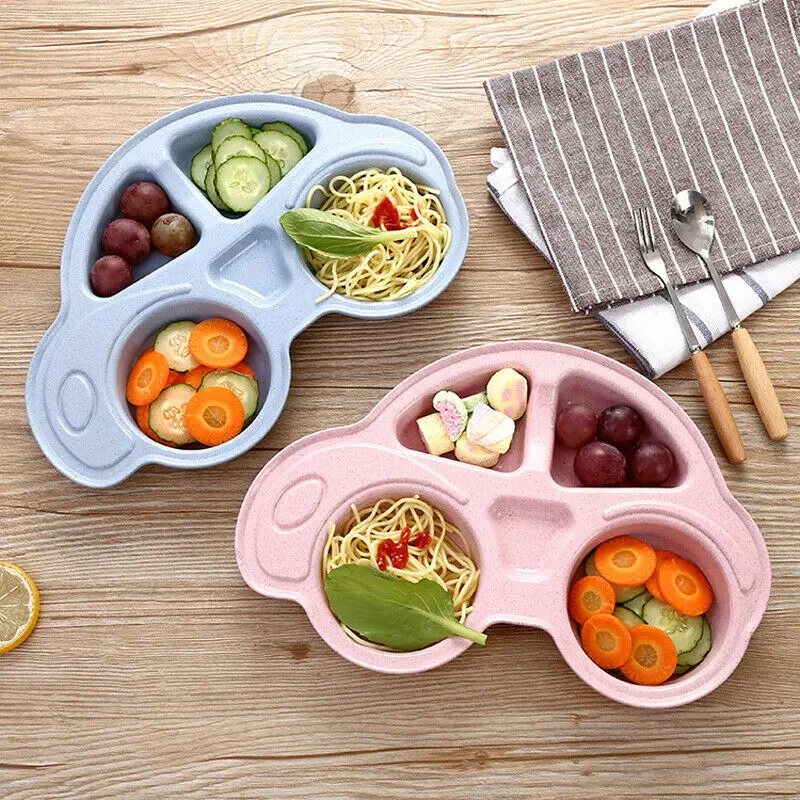 Fiber is necessary for the normalization of the gastrointestinal tract and cleansing the body of toxins due to the natural antioxidants contained in these products.
Fiber is necessary for the normalization of the gastrointestinal tract and cleansing the body of toxins due to the natural antioxidants contained in these products. - Vegetable fats . These are vegetable oils and various nuts. Eating these foods can be a great way to help a teenager avoid the common problems of hair loss and brittle nails that are common at this age.
- Milk and dairy products . These are irreplaceable suppliers of calcium, vitamin D and phosphorus in the nutrition of adolescents.
- Pure drinking water . For normal functioning of the body, you need to drink an amount of water per day at the rate of 30 ml per 1 kg of body weight. That is, a teenager who weighs 50 kg should drink 1.5 liters of pure water, not counting other liquids.
And if the younger generation adheres to these simple nutritional recommendations, health and normal development will be ensured.
“If in adolescence a person does not get used to healthy food and does not begin to eat right, then it will be quite difficult for him to change his habits and eating habits.
And the problems associated with malnutrition can manifest themselves not only in being overweight, but also in the development of various diseases, ”says the doctor.
If you are serious about improving your child's diet, do not try to do it in one day. Here are a few steps to help you transition smoothly to a new diet.
- Start replacing your usual foods with healthier ones. At the same time, you can tell the teenager why you decided to do this, what knowledge you lacked before and where you got it.
- Make sure that the child does not get the feeling that you are depriving him of something. Let the impression be the opposite: we as a family decided to try something new, gain interesting experiences and improve the quality of life.
- Go shopping together, read the ingredients on a box of corn flakes, and try to choose ones that are free of refined sugar and artificial flavors.
- Find out more about nutrition, a balanced diet and physical activity, and most importantly, share this knowledge with your children.
 Ask them to tell you what is happening with their body, then they will become more aware of the issue and observe the effect of changing nutrition. And maybe they will look for information about it themselves.
Ask them to tell you what is happening with their body, then they will become more aware of the issue and observe the effect of changing nutrition. And maybe they will look for information about it themselves.
Parents are able to form an optimal eating behavior in a child. But remember that eating right yourself and setting a good example for children is much more important than talking long and hard about the benefits of healthy eating.
table for loose, soft and liquid products
To prepare a dish, you need not only to know its recipe and use high-quality products, but also to correctly observe the proportions of all ingredients. True, sometimes it happens that there are no special scales or measuring utensils at hand. It is in such cases that an ordinary table setting device, for example, a tablespoon, can come to the rescue. In addition, it is often much easier to measure the right amount of product with a regular spoon, which is a universal measure for determining weight.
It is important to note that a standard tablespoon is a product with a blade that is approximately 7 centimeters long and 4 centimeters wide at its widest point.
So, let's find out how many grams of loose, liquid and soft foods fit in a regular tablespoon.
Bulk products
How many grams fit in a tablespoon does not depend on its shape or volume, but on the type of ingredients. Bulk products have a different size, density and grain size, which affects their weight. For example, semolina has a finer grinding than rice, so more is placed in one spoon.
All bulk products must be stored at normal temperature and humidity. Violation of this condition may lead to small measurement errors.


